Word Counter Read Time
Essential Tools for Content Creators
In the digital age, where content is king, understanding the tools that help optimize your writing is crucial. Two such tools that have gained significant importance are the **Word Counter** and **Read Time**. These tools not only assist in maintaining the quality and structure of your content but also enhance the reader’s experience. In this article, we will delve deep into the significance of Word Counter and Read Time, how they work, and why they are indispensable for content creators.
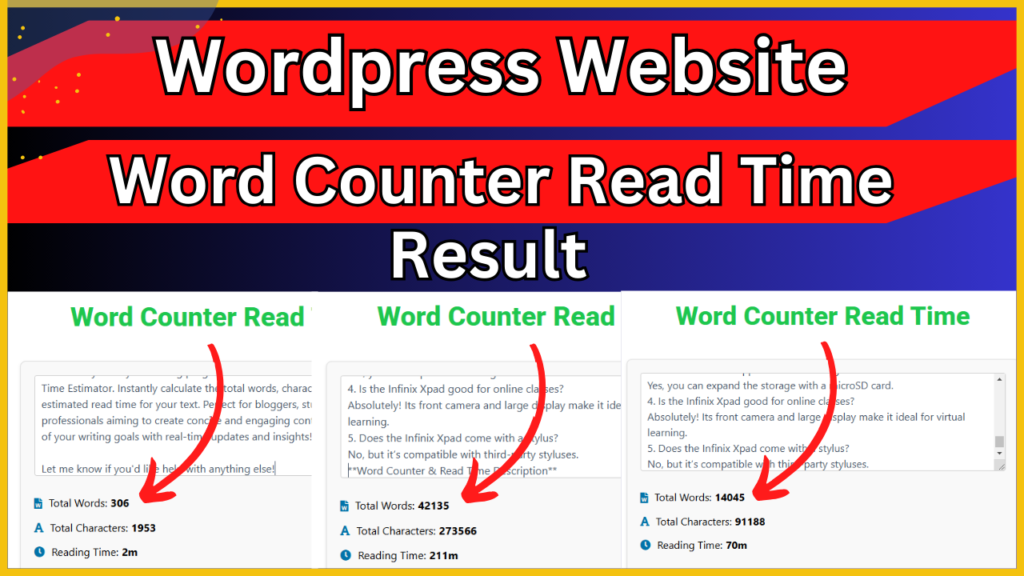
What is a Word Counter
A **Word Counter** is a tool that calculates the number of words in a given piece of text. It is a simple yet powerful utility that helps writers keep track of their content’s length. Whether you’re writing a blog post, an essay, a report, or even a novel, knowing the word count is essential for several reasons.
Why is Word Count Important
1. **Meeting Requirements**: Many platforms, such as academic institutions, publishers, and websites, have specific word count requirements. A Word Counter ensures that your content meets these criteria.
2. **SEO Optimization**: Search engines often favor longer, more detailed content. A Word Counter helps you ensure that your article is comprehensive enough to rank well in search engine results.
3. **Reader Engagement**: The length of your content can impact reader engagement. Too short, and you might not provide enough value; too long, and you risk losing the reader’s interest. A Word Counter helps you strike the right balance.
4. **Time Management**: For writers working on tight deadlines, a Word Counter can help manage time more effectively by providing a clear idea of how much content has been produced and how much remains.
How Does a Word Counter Work
A Word Counter typically works by analyzing the text input and counting the number of words. Most Word Counters also provide additional statistics, such as the number of characters, sentences, and paragraphs. Some advanced Word Counters can even analyze the text for readability, keyword density, and other SEO-related metrics.
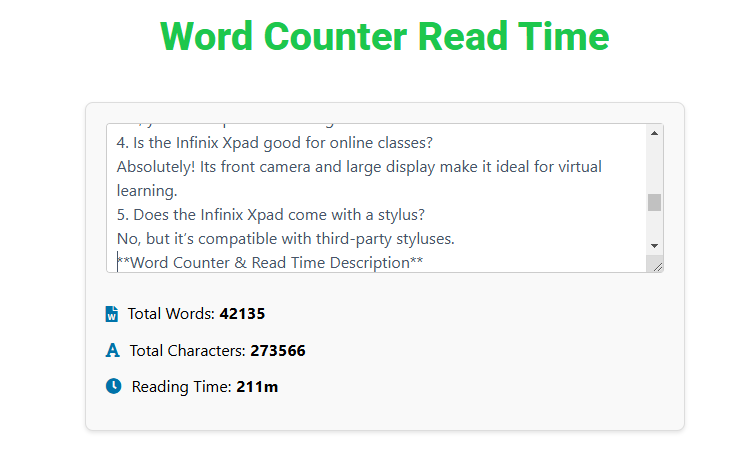
What is Read Time?
**Read Time** is an estimate of how long it will take an average reader to read a piece of content. It is usually measured in minutes and is based on the average reading speed, which is generally considered to be around 200-250 words per minute.
Why is Read Time Important?
1. **User Experience**: Knowing the Read Time helps readers decide whether they have enough time to engage with your content. This can lead to higher engagement rates, as readers are more likely to commit to reading an article if they know how long it will take.
2. **Content Strategy**: For content creators, understanding the Read Time of their articles can help in planning and structuring content. For example, shorter Read Times might be more suitable for social media posts, while longer Read Times might be better for in-depth articles or blog posts.
3. **SEO Benefits**: Some search engines take user engagement metrics into account when ranking content. If readers spend more time on your page because the Read Time is appropriate, it can positively impact your SEO.
4. **Audience Retention**: By providing an accurate Read Time, you can set the right expectations for your audience, which can lead to better retention rates. Readers are less likely to abandon an article if they know how long it will take to read.
How is Read Time Calculated
Read Time is calculated by dividing the total number of words in the content by the average reading speed. For example, if an article has 1000 words and the average reading speed is 200 words per minute, the Read Time would be 5 minutes.
Some Read Time calculators also take into account other factors, such as the complexity of the text, the presence of images or videos, and the reader’s familiarity with the topic. However, the basic formula remains the same:
Word Counter Read Tim
\[ \text{Read Time (minutes)} = \frac{\text{Total Number of Words}}{\text{Average Reading Speed (words per minute)}} \]
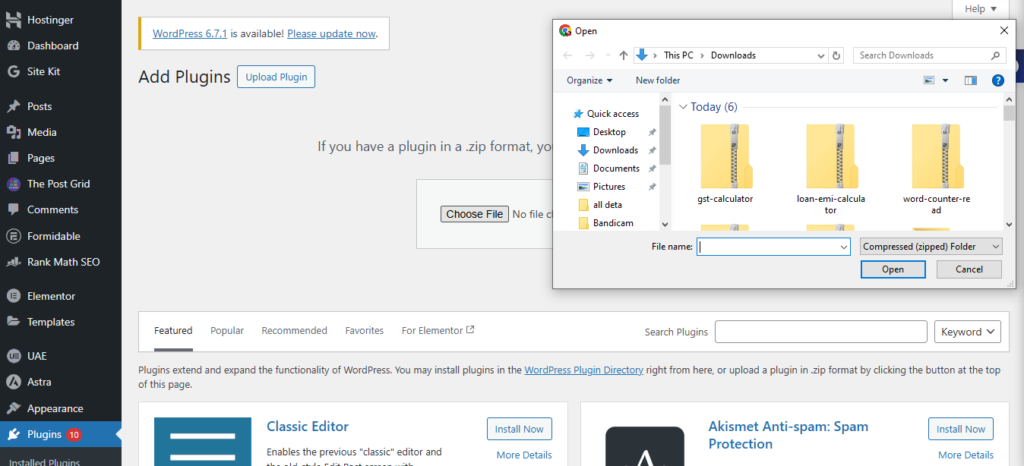
The Relationship Between Word Counter and Read Time
While Word Counter and Read Time are distinct tools, they are closely related. The Word Counter provides the raw data (the number of words) that is used to calculate the Read Time. Together, these tools offer a comprehensive overview of your content’s length and the time commitment required from your readers.
How to Use Word Counter and Read Time Together
1. **Content Planning**: Before you start writing, decide on the desired word count and Read Time for your content. This will help you structure your article and ensure that it meets your goals.
2. **Editing and Revising**: After writing, use a Word Counter to check the word count and adjust the content as needed. Then, calculate the Read Time to ensure it aligns with your target audience’s preferences.
3. **Publishing**: When publishing your content, consider displaying the Read Time to your readers. This can be done using plugins or tools that automatically calculate and display the Read Time on your website or blog.
4. **Analyzing Performance**: After publishing, monitor how your content performs in terms of engagement and reader retention. Use the data from Word Counter and Read Time to make informed decisions about future content.
Word Counter Read Tim
Benefits of Using Word Counter and Read Time
For Writers
1. **Improved Writing Efficiency**: By knowing the word count and Read Time, writers can plan their content more effectively, leading to better time management and productivity.
2. **Enhanced Content Quality**: Word Counter and Read Time help writers create content that is neither too short nor too long, ensuring that it provides value to the reader.
3. **Better SEO Performance**: By optimizing word count and Read Time, writers can improve their content’s chances of ranking higher in search engine results.
Word Counter Read Tim
For Readers
1. **Informed Decision-Making**: Readers can decide whether to engage with content based on the Read Time, leading to a better user experience.
2. **Improved Engagement**: Content that is appropriately sized and timed is more likely to hold the reader’s attention, leading to higher engagement rates.
Word Counter Read Tim
3. **Time Management**: Readers can manage their time more effectively by knowing how long it will take to read an article.
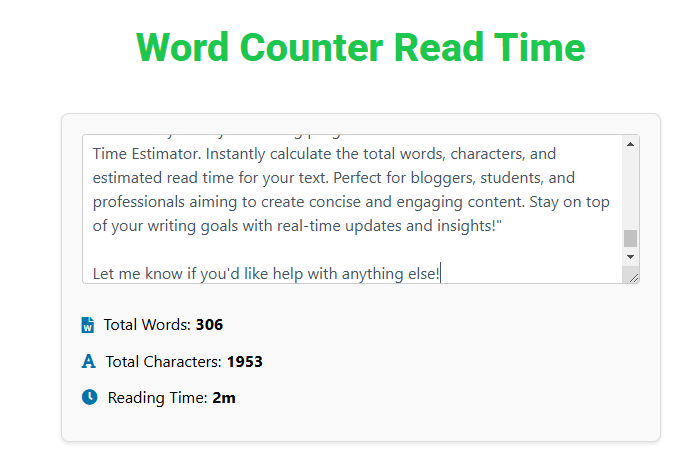
Tools for Word Counter and Read Time
There are numerous tools available online that offer Word Counter and Read Time functionalities. Some of the most popular ones include:
1. **WordCounter.net**: A simple and easy-to-use tool that provides word count, character count, and Read Time.
2. **Grammarly**: Known for its grammar-checking capabilities, Grammarly also offers a Word Counter and Read Time feature.
3. **Yoast SEO**: A popular WordPress plugin that provides Word Counter and Read Time information, along with other SEO-related metrics.
Word Counter Read Tim
4. **Read-O-Meter**: A tool specifically designed to calculate Read Time based on word count and reading speed.
5. **Online-Utility.org**: Offers a variety of text analysis tools, including a Word Counter and Read Time calculator.
## Tips for Optimizing Word Count and Read Time
1. **Know Your Audience**: Different audiences have different preferences when it comes to content length and Read Time. Tailor your content to meet the needs of your target audience.
2. **Focus on Quality Over Quantity**: While longer content can be beneficial for SEO, it’s important to ensure that every word adds value. Avoid fluff and filler content.
3. **Use Subheadings and Bullet Points**: Breaking up your content with subheadings, bullet points, and short paragraphs can make it easier to read and reduce the perceived Read Time.
4. **Incorporate Visuals**: Images, infographics, and videos can enhance your content and provide a break from text, making the Read Time feel shorter.
5. **Test and Iterate**: Experiment with different word counts and Read Times to see what works best for your audience. Use analytics to track engagement and make adjustments as needed.
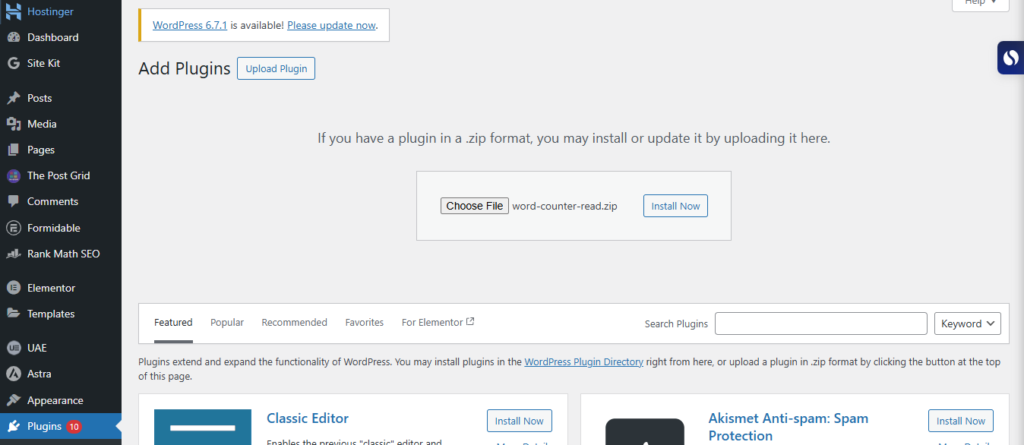
Conclusion
In the world of content creation, **Word Counter** and **Read Time** are more than just simple tools—they are essential components of a successful content strategy. By understanding and utilizing these tools, writers can create content that is not only optimized for search engines but also tailored to the needs and preferences of their readers.
Whether you’re a seasoned content creator or just starting out, incorporating Word Counter and Read Time into your workflow can lead to improved writing efficiency, enhanced content quality, and better reader engagement. So, the next time you sit down to write, remember to keep an eye on your word count and Read Time—it could make all the difference.
File Here
Short code= [word_counter]
Word Count
Read Time: Approximately 8 minutes
By focusing on the keyword “Word Counter Read Time,” this article provides a comprehensive overview of these essential tools, their importance, and how to use them effectively. Whether you’re a blogger, a student, or a professional writer, understanding Word Counter and Read Time can help you create content that resonates with your audience and achieves your goals.

